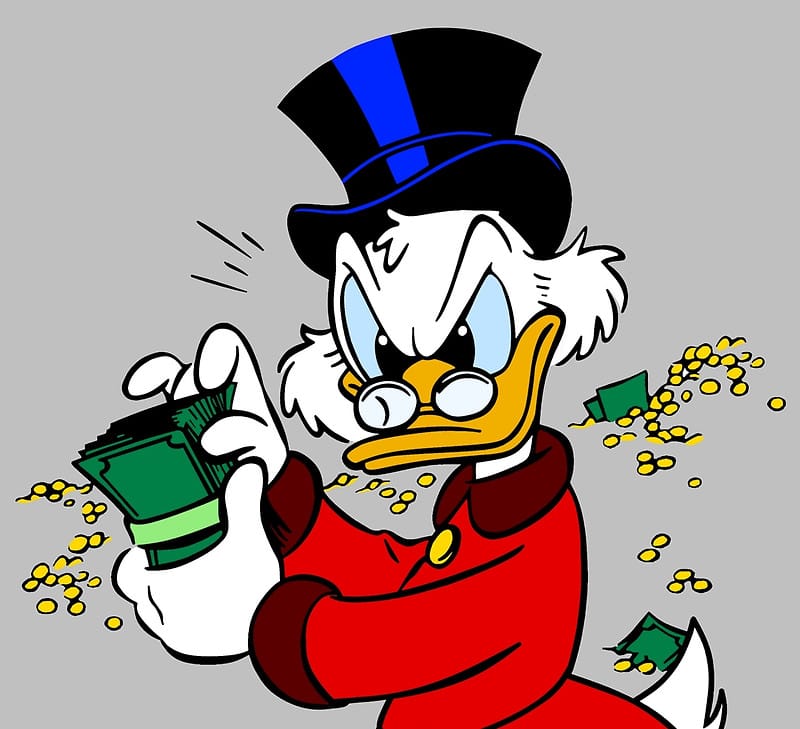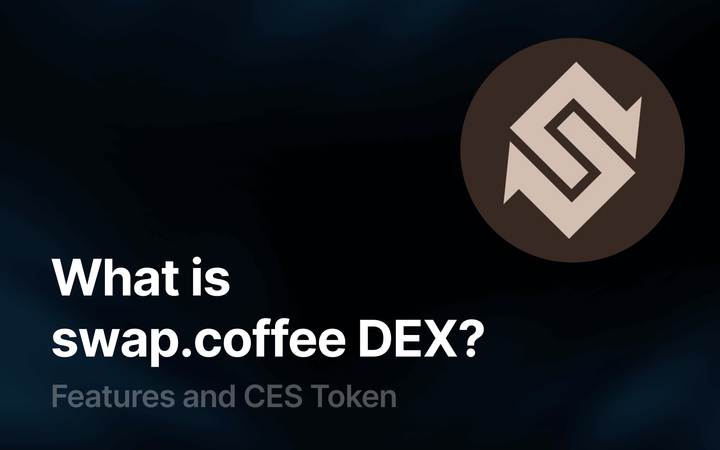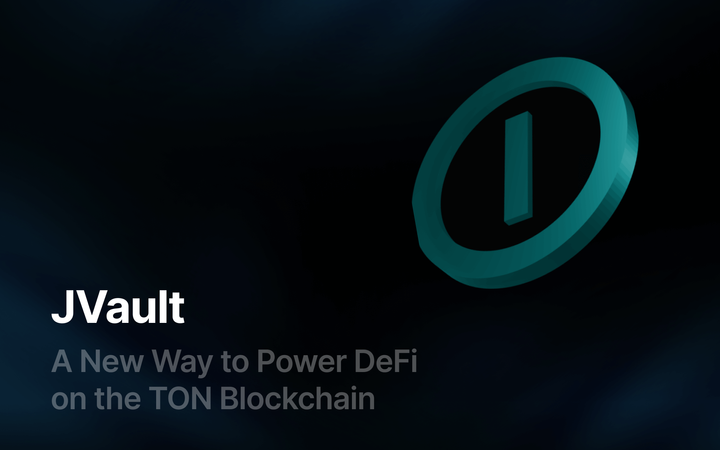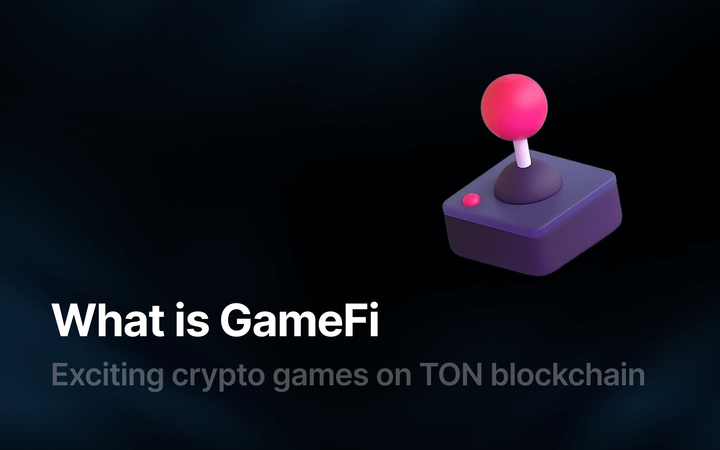TON vs Solana vs Polygon: Which Blockchain Wins for Web3 Apps?
TON stands out for its connection to Telegram, Solana for its speed, and Polygon for its link to Ethereum. But which one really wins when it comes to user experience, integration, and scalability?
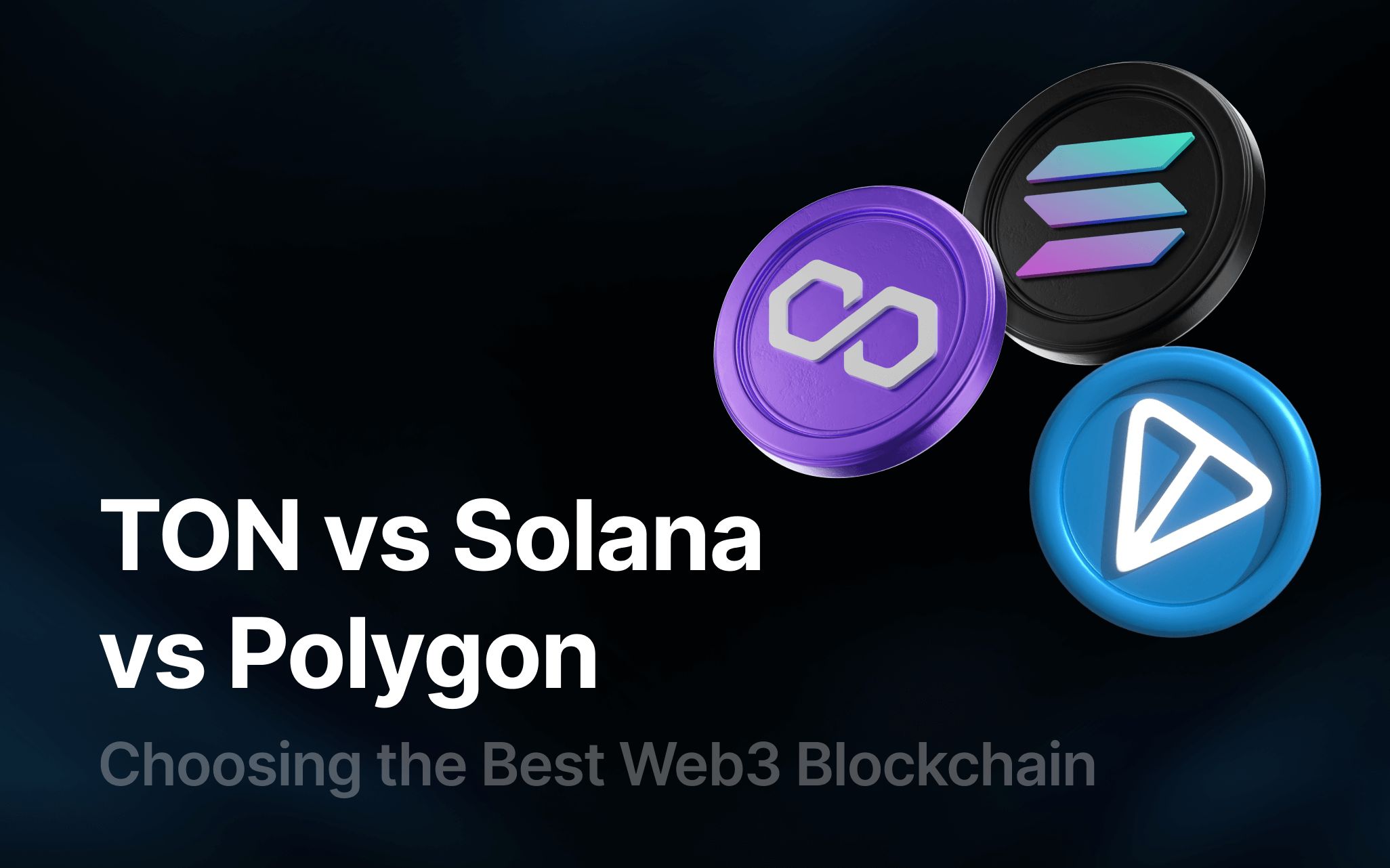
In the fast-moving world of Web3, the blockchain you build on can define your project’s success. Some blockchains focus on speed, others on security, and some on user experience. Three of the most talked-about networks right now are TON (The Open Network), Solana, and Polygon.
Each one brings its own advantages and limitations. TON stands out for its connection to Telegram, Solana for its speed, and Polygon for its link to Ethereum. But which one really wins when it comes to user experience, integration, and scalability? Let’s break it down in simple terms.
If you want to explore real-time TON network data while you read, visit DYOR.io — a fast, accurate TON explorer made for everyone from curious beginners to advanced Web3 users.
What Are TON, Solana, and Polygon? 💡
TON (The Open Network) was originally created by Telegram to bring blockchain directly into its messaging ecosystem. It’s now a decentralized network with its own native coin, Toncoin, and powers Telegram Mini Apps, NFT tools, and payment features.
Solana is a high-speed blockchain built for decentralized finance (DeFi), NFTs, and Web3 gaming. It’s known for being extremely fast and cheap to use, though sometimes unstable under heavy load.
Polygon is a scaling solution built on top of Ethereum. It helps Ethereum run faster and cheaper by processing transactions on sidechains or rollups, then linking back to the main Ethereum chain.
Each one tackles the same problem — scaling blockchain use to millions of people — but in very different ways.
User Experience (UX): Which One Feels Best for Users? 🎮
TON: Smooth and Simple Inside Telegram
TON’s biggest advantage is its native integration with Telegram. You don’t need to download extra wallets or apps; everything happens right inside Telegram. That makes it one of the easiest entry points into crypto for everyday users.
You can send and receive Toncoins through Telegram Wallet, play blockchain games, or use Web3 mini apps — all in a familiar chat interface.
✅ Pros:
- Seamless onboarding — no complicated setup.
- Easy crypto transfers between Telegram contacts.
- Ideal for non-crypto users who want to try Web3.
❌ Cons:
- Heavily tied to Telegram’s ecosystem — less useful outside of it.
- Still early in dApp variety compared to older networks.
Solana: Fast and Polished, but Needs Wallet Setup
Solana offers great speed and low fees, which helps apps feel fast and responsive. Its wallets, like Phantom and Solflare, have strong UX and are widely trusted.
✅ Pros:
- Apps load quickly; transactions are near-instant.
- Good wallet experience with polished UIs.
- Many gaming and DeFi apps available.
❌ Cons:
- You need to install and manage wallets manually.
- Network slowdowns or outages can interrupt UX.
Polygon: Familiar for Ethereum Users
Polygon feels comfortable if you’ve ever used Ethereum. You can connect the same wallets (like MetaMask) and interact with many of the same dApps, but with much lower fees.
✅ Pros:
- Familiar environment for Ethereum users.
- Works with existing Ethereum tools.
- Cheap transactions and reliable support.
❌ Cons:
- Bridging between Ethereum and Polygon can be confusing.
- Different Polygon chains (PoS, zkEVM, etc.) create some UX inconsistency.
If UX simplicity is your top priority, TON wins here thanks to its native Telegram flow. For developers and experienced crypto users, Solana and Polygon offer flexibility, but with more setup.
Integration: How Each Chain Connects to Apps 🧩
TON: Built Into Telegram
This is where TON truly shines. Telegram Mini Apps, bots, and wallets can all use TON under the hood. That means users can play, trade, and earn directly within chats — no separate apps or websites needed.
Developers can easily integrate payments and digital ownership directly into Telegram interfaces, opening a new kind of user experience.
✅ Highlights:
- Deep Telegram integration — instant access for 900M+ users.
- Perfect for social dApps, mini games, and chat-based tools.
- Crypto payments feel as easy as sending a message.
Solana: A Growing Web3 Ecosystem
Solana’s integration strength lies in its ecosystem — from DeFi to NFTs to Web3 gaming. It supports thousands of apps, and integrations with other tools are straightforward using Solana SDKs.
✅ Highlights:
- Huge ecosystem of wallets, oracles, and developer tools.
- Strong support for NFT and DeFi protocols.
- Fast APIs and developer libraries.
❌ Weak Points:
- Less integration with social or mobile apps outside crypto.
- Downtime issues have disrupted integrations in the past.
Polygon: The Ethereum Bridge
Polygon is tightly connected to Ethereum, which gives it instant compatibility with many major crypto apps. Developers can deploy smart contracts with minimal changes, and users can access Polygon apps through existing Ethereum wallets.
✅ Highlights:
- Near-complete compatibility with Ethereum’s ecosystem.
- Easy to integrate with existing DeFi or NFT projects.
- Flexible — supports PoS, zk rollups, and more.
❌ Weak Points:
- Reliant on bridges for full functionality.
- Some complexity around choosing the right Polygon solution.
When it comes to integrations, TON dominates social platforms, Solana rules performance-based dApps, and Polygon wins in Ethereum compatibility.
Scalability & Performance ⚙️
TON: Designed for Infinite Growth
TON uses a multi-chain architecture with dynamic sharding, meaning it can split into new subchains automatically as activity grows. This allows almost unlimited scalability.
💪 Advantages:
- Potential to handle 100,000+ transactions per second.
- Very low fees, even during peak activity.
- Fast confirmations for smooth user experience.
⚠️ Challenges:
- Still early in real-world stress testing.
- Developers need to optimize for sharding.
Solana: Super Fast but Occasionally Fragile
Solana’s technology stack (especially its Proof of History system) allows very high speeds — often tens of thousands of transactions per second. However, its high throughput comes with reliability trade-offs.
💪 Advantages:
- Incredibly fast and responsive apps.
- Ideal for real-time games and DeFi trading.
⚠️ Challenges:
- History of outages and network restarts.
- High validator requirements may reduce decentralization.
Polygon: Flexible Scaling
Polygon isn’t just one blockchain — it’s a family of scaling solutions for Ethereum, including PoS, zkEVM, and rollups. This flexibility means developers can choose the right balance between speed, cost, and security.
💪 Advantages:
- Mature PoS chain with wide adoption.
- zk-based rollups increase security and scalability.
⚠️ Challenges:
- Bridging delays and occasional congestion.
- Performance depends on which Polygon tech you use.
For raw scalability, TON and Solana are close — TON’s design promises long-term stability, while Solana already demonstrates high throughput. Polygon focuses on flexibility and compatibility rather than record-breaking speed.
| Blockchain | Pros | Cons | Best for |
| TON | Seamless Telegram integration, easy onboarding, near-zero fees, scalable sharding | Still new, ecosystem smaller, less tested at scale | Beginners or anyone testing the platform |
| Solana | Super fast, rich DeFi & NFT ecosystem, active dev community | Network outages, high validator costs | Users going live with real capital |
| Polygon | Ethereum-compatible, cheap fees, flexible scaling options | Depends on bridges, variable performance across chains | Active traders needing full control and advanced features |
Which One Wins? 🏆
Each network wins in its own way:
- TON wins for mass adoption and UX. It’s perfect for chat-based apps, games, and social experiences inside Telegram.
- Solana wins for speed and developer depth, great for complex DeFi apps or Web3 games that need instant responses.
- Polygon wins for compatibility and flexibility, letting Ethereum developers scale fast without starting from scratch.
If you want to explore how TON actually performs, from transactions to token stats, check DYOR.io — it’s your window into the TON blockchain. DYOR.io lets you monitor wallets, cryptocurrency prices, view network data, and research TON-based projects in real time.
Final Thoughts 💬
Choosing the right blockchain depends on your goals. TON is pushing Web3 into everyday communication, Solana is powering the next generation of decentralized apps, and Polygon is making Ethereum scalable for the masses.
The real winner might not be a single blockchain but the users who benefit from all three. TON is ideal if you want crypto built directly into your social life. Solana suits developers chasing performance. Polygon bridges the gap for those who love Ethereum but need lower fees.
Whichever you explore, always remember to Do Your Own Research — and for TON, the best place to start is DYOR.io. You’ll find live analytics, transaction tracking, and an easy way to understand what’s really happening on one of the fastest-growing blockchains in the world.
